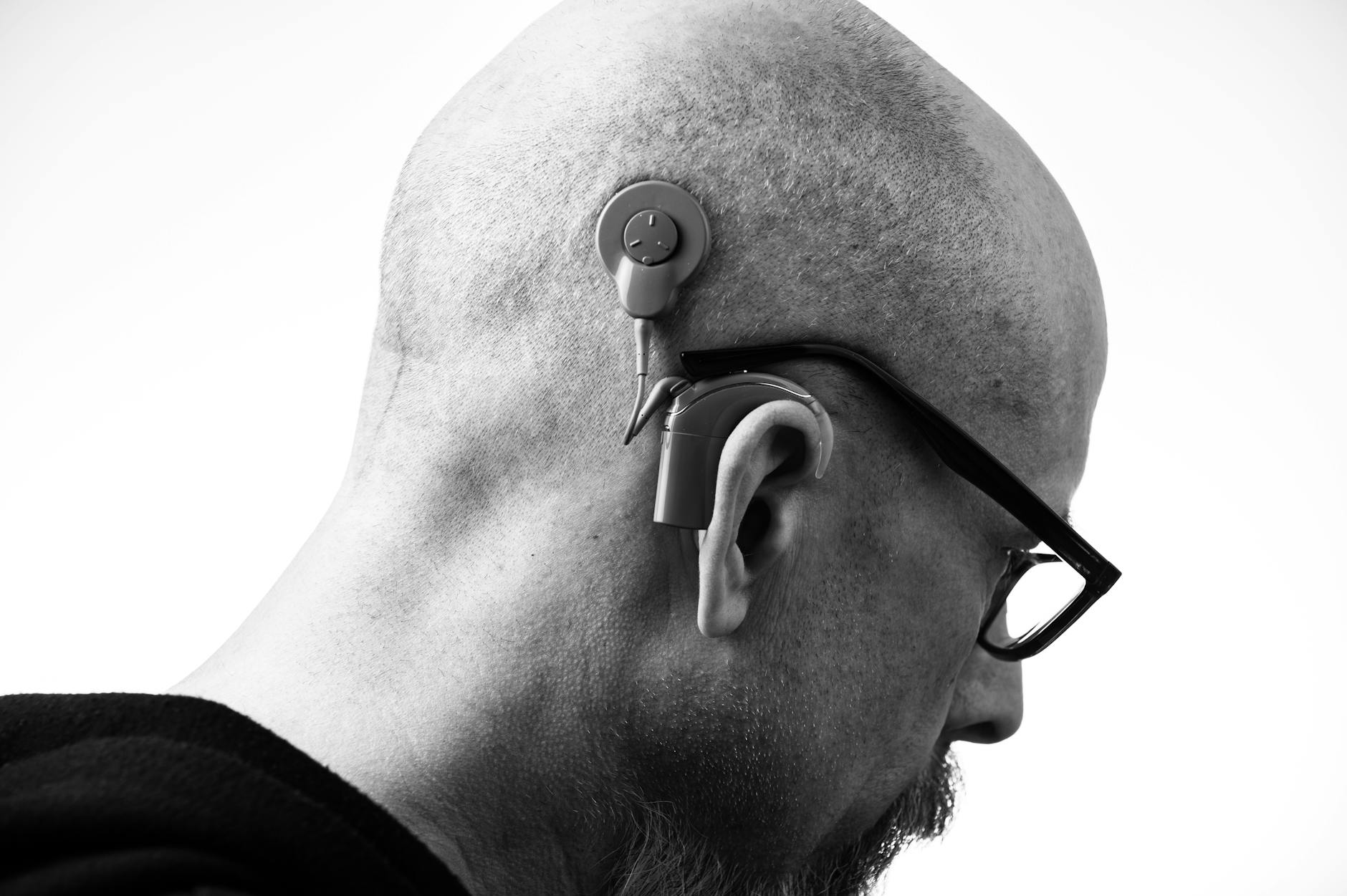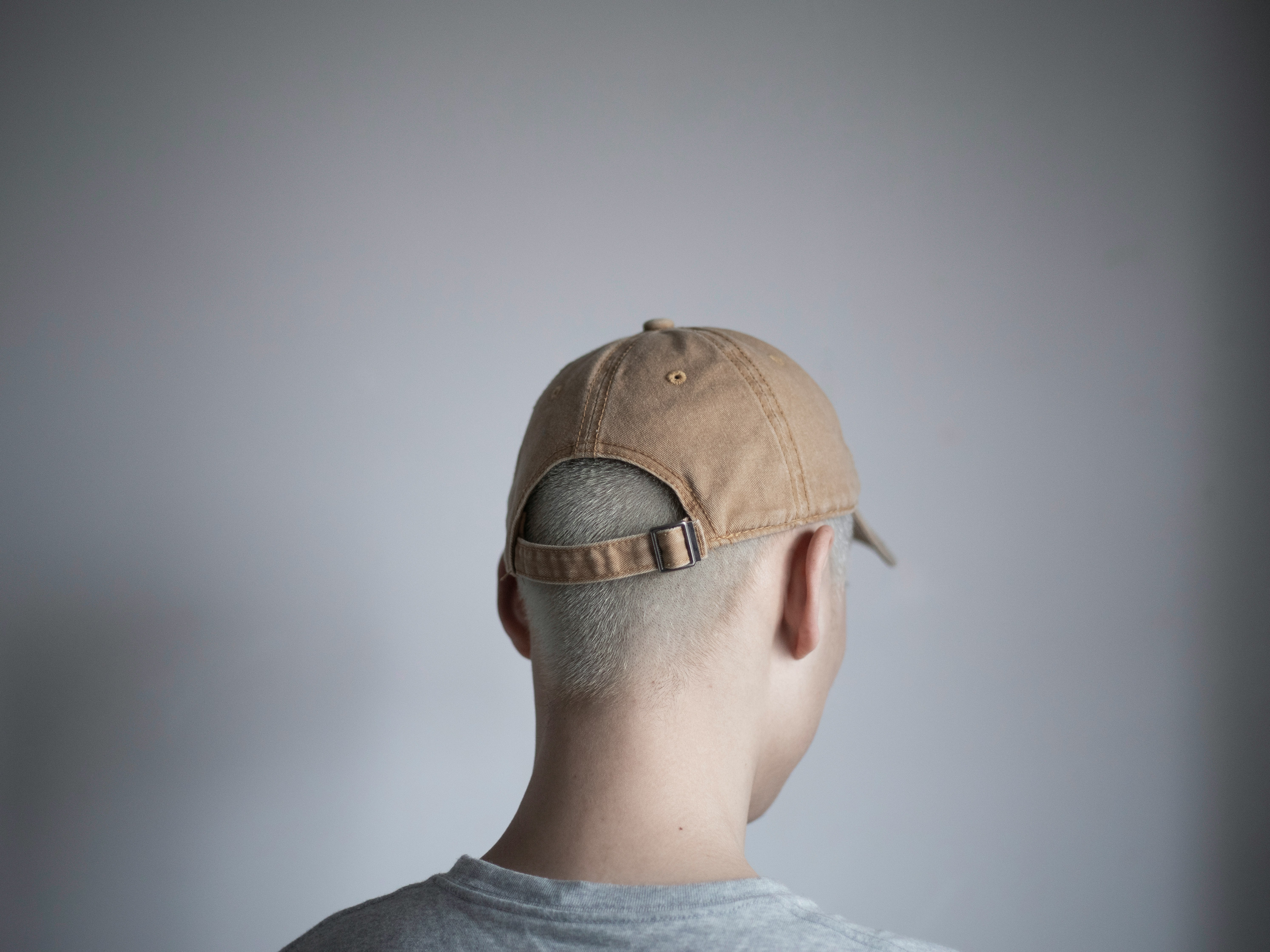When one ear stops pulling its weight, everyday life gets weird fast. Voices vanish on your deaf side. Crowded rooms feel like acoustic mazes. You turn your head so much you could star in a bobblehead collection. The good news: you have real, evidence‑based options. Let’s decode what actually helps—CROS/BiCROS hearing aids, bone‑anchored systems, and cochlear implants—and how to pick a path that fits your life.
What counts as single‑sided deafness (SSD)?
SSD usually means one ear has severe‑to‑profound hearing loss, while the other has normal or near‑normal hearing. Some people have a little loss in the better ear—often called asymmetric hearing loss. Causes vary: sudden hearing loss, acoustic neuroma surgery, Meniere’s disease, chronic infections, noise, or unknown reasons.
SSD is more than “half the volume.” Your brain uses two ears to localize sound, separate speech from noise, and ease listening effort. With one ear offline, those perks disappear.
Why one‑ear listening feels so hard
- Head shadow effect: Your head literally blocks high‑pitch sounds reaching the good ear, so speech from your deaf side gets muffled or lost.
- No binaural cues: The brain can’t compare timing and loudness differences between ears, which are essential for figuring out where sounds come from and focusing on a voice in noise.
- Listening fatigue: Your brain works overtime, so social events and meetings can feel exhausting.
- Tinnitus: Many people with SSD have ringing in the affected ear that can feel louder in quiet moments.
The treatment toolbox at a glance
- CROS/BiCROS hearing aids: Send sound from the deaf side to the better ear. BiCROS adds amplification on the better ear if it also has hearing loss.
- Bone‑anchored hearing systems (BAHS): Bypass the bad ear and deliver sound through skull vibration to the good ear. Can be worn on a headband/adhesive or implanted.
- Cochlear implant (CI) for SSD: Surgically stimulates the hearing nerve in the deaf ear, restoring input to both sides and enabling the brain to use two‑ear cues again.
- Plus helpful add‑ons: Remote microphones, communication strategies, and tinnitus sound therapies.
Option 1: CROS and BiCROS—win back your “deaf side” awareness
How it works: A small microphone worn on the deaf side streams sound wirelessly to a device on the better ear. With BiCROS, the better ear device also amplifies that ear’s hearing loss.
Who tends to benefit
- SSD with normal hearing in the good ear (CROS).
- SSD with some loss in the better ear (BiCROS).
- People who want a non‑surgical and trialable option.
What it helps
- Awareness of sounds on the deaf side—you catch your name, the approaching cyclist, the whisper.
- Reduces the “head shadow” effect, which can improve speech understanding when the talker is on the deaf side.
What it doesn’t do
- It doesn’t restore true two‑ear hearing or sound localization.
- In noisy places, if noise is mostly on the deaf side, the CROS can forward noise too (modern systems help, but physics is physics).
Practical perks
- Easy to try with a return period.
- Discreet, rechargeable options; smartphone connectivity.
- Lower cost than surgery (insurance coverage varies).
Smart setup
- Ask your audiologist for multiple programs (quiet, restaurant, outdoors) and a “mute mic” shortcut for when the deaf side is all noise.
- Request validation in real‑world noise if possible and a speech‑in‑noise test (such as QuickSIN) before and after to see benefit.
Option 2: Bone‑anchored hearing systems—clearer routing through bone
How it works: A sound processor on the deaf side vibrates the skull to send sound to the normal inner ear on the good side. You can trial it on a softband or adhesive pad. Permanent systems may be transcutaneous (magnet or active implant) or use a small abutment through the skin.
Who tends to benefit
- SSD seeking better clarity than CROS in some situations.
- People who can’t wear traditional hearing aids due to chronic ear infections or canal issues.
- Those open to surgery after a successful headband/adhesive trial.
What it helps
- Overcomes the head shadow effect, often with a more stable signal in wind or complex acoustics compared to CROS.
- Hands‑free comfort—nothing in the good ear canal.
What it doesn’t do
- Still routes sound to the good ear. Like CROS, it does not restore true localization or binaural hearing.
Practical perks
- Trial before implant: softband or adhesive systems simulate the effect.
- Implanted options can be very discreet and comfortable long term.
- May be medically covered when indicated; pre‑authorization is key.
Ask about
- Skin care and MRI compatibility for different implant designs.
- Wind noise management and accessories like remote mics for meetings.
Option 3: Cochlear implant for SSD—bringing the deaf ear back online
How it works: A cochlear implant bypasses the damaged inner ear in the deaf ear and directly stimulates the hearing nerve. Now the brain gets input from both sides again, which can restore localization cues and improve speech understanding in noise for many people.
Who tends to benefit
- Adults and some children with profound loss in one ear, a functioning hearing nerve, and a normal or near‑normal opposite ear.
- People with disabling tinnitus in the deaf ear (many report meaningful relief once the implant is active).
- Those seeking two‑ear cues for localization and speech‑in‑noise beyond what CROS/BAHS can provide.
What it helps
- Improved sound localization for many users.
- Better speech understanding in certain noisy situations.
- Reduction of tinnitus in the implanted ear in a large subset of users.
What it doesn’t do
- Hearing won’t be “natural” at first; your brain adapts over weeks to months.
- Results vary—expect a learning curve and ongoing mapping appointments.
Practical notes
- Surgery is outpatient in many cases; risks are low but real—discuss with an ENT surgeon.
- Insurance coverage often requires meeting candidacy criteria; your center will guide testing and authorization.
- Auditory training post‑activation speeds adaptation.
Choosing your path: a simple decision framework
There isn’t a one‑size‑fits‑all winner. Use this quick map with your audiologist/ENT:
- Want a non‑surgical, trialable start? Try CROS/BiCROS first. If your better ear also needs amplification, BiCROS is efficient.
- Can’t or don’t want anything on/in the good ear? Trial a bone‑conduction headband or adhesive device. If you like it, discuss an implantable BAHS.
- Prioritize localization, speech‑in‑noise performance, or tinnitus relief? Ask about cochlear implant candidacy for SSD.
- For kids: Early routing (softband BAHS or CROS, depending on age and anatomy) preserves access to sound while long‑term options are evaluated with the care team.
Real‑world expectations (the honest part)
- CROS/BiCROS: Best for expanding your auditory “reach” to the deaf side. Great for meetings, driving with a passenger on the deaf side, and daily awareness. Not a localization fix.
- BAHS: Similar benefits to CROS with some users reporting clearer, more stable routed sound. Still not true two‑ear hearing.
- CI for SSD: The only option that can restore bilateral input. Expect practice and programming time. Many users report big quality‑of‑life gains; some report modest improvements. Consistent use matters.
Costs, coverage, and trying before buying
- CROS/BiCROS: Typically priced like premium hearing aids; many clinics offer 30–45 day trials with return options. Coverage varies; Medicare does not cover hearing aids.
- BAHS: Headband/adhesive trial is low‑risk. Implant surgery may be covered when medically necessary; ask your team to handle pre‑authorization.
- CI for SSD: Often covered for eligible candidates. Testing includes imaging and hearing assessments to confirm candidacy.
Pro tip: During trials, bring real life into the clinic. Have a friend read lists from your deaf side in a noisy hallway, then switch to the other side. Notice fatigue and clarity, not just volume. Keep notes for a week and share with your audiologist.
Make every option work harder: add‑ons and strategies
- Remote microphones: Clip‑on or tabletop mics zoom in on talkers in meetings or restaurants. They pair with most modern systems.
- Seating strategy: Put your good ear toward the hardest‑to‑hear person or the center of the action. Sit with your deaf side toward the wall to block noise.
- Tinnitus management: Sound therapy through hearing devices or apps, mindfulness, and counseling can reduce the distress of ringing.
- Protect your good ear: Use hearing protection around loud sound to preserve your MVP ear.
What to expect at the clinic
- Comprehensive hearing test for both ears, including word recognition and often speech‑in‑noise testing.
- Needs assessment: Your daily listening challenges, tinnitus, work demands, and cosmetic preferences.
- Demo/loaner options: CROS/BiCROS in office; bone‑conduction headband/adhesive trials.
- For CI work‑up: Imaging (like MRI/CT), medical evaluation, and counseling about benefits and risks.
If you’ve been compensating for years, it can feel strange to ask for help. You’re not “overreacting”—SSD changes how your brain processes the world. An audiologist or ENT can help you test options and choose a plan that fits your goals.
Your next 30 days: a simple plan
- Week 1: Book with an audiologist. Ask for speech‑in‑noise testing and trials of CROS and a bone‑conduction headband if available.
- Week 2–3: Wear your top trial full‑time. Journal situations that shine or stumble (car, office, gym, windy days).
- Week 4: Review data and preferences. If routing solutions aren’t meeting your goals—especially localization or tinnitus—ask about CI candidacy and a referral to an ENT surgeon.
Safety notes
- Ear or facial pain, sudden changes in hearing or balance, or drainage from the ear should be evaluated promptly by an ENT.
- Implanted devices and MRIs have specific safety rules—confirm details with your surgical team.
Bottom line: With SSD, you do have choices. Start with what’s reversible and trialable. If you need more—especially for localization, noise, or tinnitus—cochlear implants can be life‑changing for the right candidates. Partner with an audiologist who’s comfortable fitting SSD solutions and an ENT who knows the surgical options. You bring the goals; they’ll bring the tech.
Further Reading
- Auracast Is Coming: How Bluetooth LE Audio Will Transform Hearing in Public Places (Technology) - Hearing at Work: Accommodations, Tech, and Tactics That Make Your Job Easier (Hearing Loss) - Make Words Click Again: Auditory Training for Adults That Improves Conversation (Treatment) - Single-Sided Deafness in Adults: CROS, Bone-Anchored, or Cochlear Implant? (Treatment)Frequently Asked Questions
Will any of these options restore normal, two‑ear hearing?
Only a cochlear implant provides input to both ears, which lets the brain use two‑ear cues again. Many CI users with SSD report better localization and easier conversations in noise, but it’s not the same as natural hearing and takes practice. CROS and bone‑anchored systems improve access to sound from the deaf side but do not restore true localization.
Can these treatments help tinnitus in my deaf ear?
Often, yes. Cochlear implants can reduce tinnitus for many SSD users once the ear receives input again. CROS and bone‑anchored systems don’t directly treat tinnitus but may make it less noticeable by improving overall sound access. Dedicated tinnitus sound therapy and counseling can also help—ask your audiologist.
Can I try devices before committing?
You can usually trial CROS/BiCROS devices for several weeks and return if they don’t fit your life. Bone‑conduction systems can be tried on a softband or adhesive adapter to simulate benefit before considering surgery. Cochlear implants can’t be trialed, but candidacy testing and counseling set realistic expectations.
What about kids with single‑sided deafness?
Early access to sound matters for learning and safety. Many children start with a CROS or a softband bone‑conduction device; candidacy for cochlear implantation is increasingly considered at specialized centers. Work with a pediatric audiologist and ENT to tailor timing and school accommodations.



